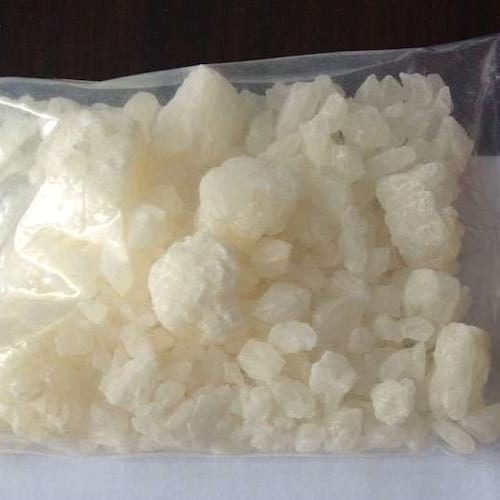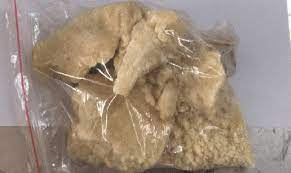Description
Where to Buy Top Quality CP 47,497.
What is CP 47,497?
CP 47,497 is a cannabinoid receptor agonist drug, developed by Pfizer in the 1980s. Buy CP 47-497 Online.
It has analgesic effects and is used in scientific research. It is a potent CB₁ agonist with a Kd of 2.1 nM.
Synthetic cannabinoids (SCs) are market worldwide as legal surrogates for marihuana. In order to predict potential health effects in consumers and to elucidate the underlying mechanisms of action.
we investigated the impact of a representative of the cyclohexylphenols, CP47,497-C8, which binds to both cannabinoid receptors, on protein expression patterns, genomic stability and on induction of inflammatory cytokines in human lymphocytes.
After treatment of the cells with the drug, we found pronounced up-regulation of a variety of enzymes in nuclear extracts which are involved in lipid metabolism and inflammatory signaling.
Some of the identified proteins are also involve in the endogenous synthesis of endocannabinoids.
Synthetic cannabinoid agonists are chemically diverse with multiple analogs gaining popularity as drugs of abuse.
Best Quality CP 47,497, Buy CP 47-497 Online
We report on the use of thin layer chromatography, gas chromatography mass spectrometry,
However high-performance liquid chromatography and liquid chromatography time of flight mass spectrometry for the identification and quantitation of these pharmacologically active chemicals in street drug dosage forms. Using these approaches. Buy CP 47-497 Online
We have identified the synthetic cannabinoids JWH-018, JWH-019, JWH-073, JWH-081, JWH-200, JWH-210, JWH-250, CP47,497 (C=8).
Some of the synthetic cannabinoids present in these incenses include CB1/CB2 receptor agonists JWH-018, CP-47, 497 .
Also HU-210, compounds that exert significantly more potent effects compared with Δ-9-THC.
Moreover, there is a trend of the increasing use of such compounds among adolescents . SCs are often 30–100-fold more potent than Δ9-tetrahydrocannabinol (THC), the major psychoactive ingredient of cannabis, in activating Cannabinoid receptor 1 (CB1R).
CB1R and CB2R have often opposite functions in pathologies. Therefore, the cannabinoid receptor system has regulatory and counter-regulatory functions.
THC and many SCs have similar affinities for CB1R and CB2R, the relative contribution of which to the observed effects might be context dependent considering the distinct expression levels of the two receptors in different pathologies.
The findings reported in this study indicate that SC binding to CB1R in the lungs may instigate the pulmonary conditions observed in those hospitalized for SC use, and we posit a pathologic mechanism mediated by ox-PC signaling.
Additionally, the findings suggest the potential use of CB1R antagonists in the treatment of SC-induced lung disease





Reviews
There are no reviews yet.